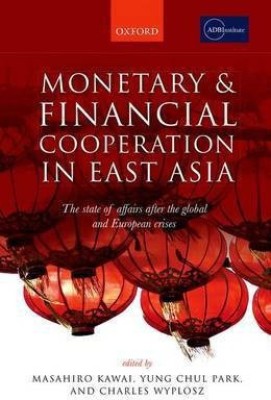Monetary and Financial Cooperation in East Asia(English, Hardcover, unknown)
Quick Overview
Product Price Comparison
The global financial crisis and the Eurozone crisis have led to a profound rethink in East Asia about the international monetary system and regional monetary and financial integration. After the East Asian crisis of 1997, deeper regional cooperation was seen as the way to avoid reliance on the IMF and the rest of the world. Steps were taken, but they were limited because of disagreements reflecting regional rivalries. Still, integration into the global financial system and Europe's regional process were seen as objectives to be adapted to East Asia, as detailed in an overview chapter. The crises have shaken this strategy but also revealed the pre-existing deep disagreements. This book presents contributions by scholars from different countries. Each one was invited to describe the vision of their policymakers. The traidtional rivalry between China and Japan, the region's largest economies, reveals Chinese confidence into its rising power and Japanese growing doubts about its ability to weigh on the debate. For opposite reasons, both display a declining interest into regional cooperation. Korea and the ASEAN countries do not wish to choose between the regional powers but remain attached to regional cooperation and integration. They look for pragmatic solutions that recognize the value-chain characteristic of trade. Additional contributions by US and European scholars provide evaluations of the global and Eurozone crises and of their relevance for East Asian integration.


